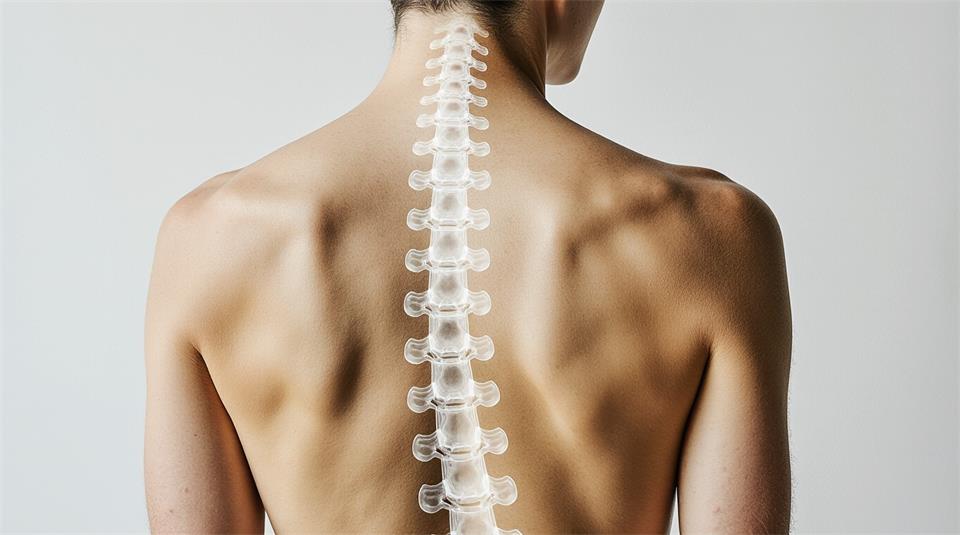Do you spend hours hunched over your computer or constantly looking down at your phone? You’re not alone. Poor posture affects millions of people worldwide, causing neck pain, back aches, and headaches.
Yes, a chiropractor can help with poor posture. Through targeted adjustments, exercises, and lifestyle changes, chiropractors address the root causes of postural problems. Let’s explore exactly how they do it.
What Is Poor Posture and What Causes It?
Poor posture means your spine isn’t in its natural, healthy position. Instead of standing or sitting straight, your body slouches, tilts, or curves unnaturally.

What’s causing this epidemic? Modern lifestyle is the biggest culprit. We spend 8+ hours daily staring at screens, whether computers, phones, or tablets.
Here are the main causes of poor posture:
- Prolonged sitting at desks without proper support
- “Tech neck” from constantly looking down at phones
- Weak core muscles that can’t support your spine
- Stress and tension that makes shoulders hunch forward
- Previous injuries that created compensatory movement patterns
The result? Your muscles become imbalanced – some get too tight, others become too weak.
Common Types of Postural Problems
Not all posture problems are the same. Dr. Paul from NorthStarMedical in Downers Grove, specializing in hip pain treatment, shared the four main types of posture problems chiropractors encounter most frequently:
Forward Head Posture is the most common issue today. Your head juts forward instead of sitting directly over your shoulders. This happens from constantly looking down at phones or leaning toward computer screens. It’s also called “tech neck” or “text neck.”
Kyphosis creates a hunched-back appearance. Your upper back rounds forward excessively, making you look like you’re slouching even when you try to stand straight. Heavy backpacks and poor chair support often cause this.
Rounded Shoulders make your shoulders roll inward toward your chest. This creates a caved-in chest appearance and often goes hand-in-hand with forward head posture.
Lordosis involves an excessive curve in your lower back. Your belly pushes forward and your back arches too much. This “swayback” posture puts strain on your lower spine and hip muscles.
Do any of these sound familiar? Most people have combinations of these problems, not just one.
Health Consequences of Poor Posture
Poor posture isn’t just about looking slouched. It creates real health problems that affect your entire body.
Pain is usually the first sign. You might experience chronic neck pain, upper back tension, or lower back aches. Many people also develop tension headaches from the constant strain on neck muscles.
But the problems go deeper. Poor posture can make breathing difficult because your ribcage gets compressed. Your lungs can’t expand fully, leaving you feeling tired and low on energy.
Your digestion suffers too. When you slouch, you compress your internal organs, making it harder for your stomach and intestines to work properly.
The psychological effects are equally serious. Poor posture can lower confidence and even contribute to feelings of depression. Studies show that people who slouch report feeling less powerful and more stressed.
Think your posture problems will fix themselves? Unfortunately, they typically get worse over time without proper treatment.
How Chiropractors Address Poor Posture
Chiropractors take a comprehensive approach to fixing posture problems. They don’t just treat symptoms – they find and fix the underlying causes.
Assessment and Diagnosis
Your first visit starts with a thorough evaluation. The chiropractor examines how you stand, sit, and move. They identify which muscles are too tight and which ones are too weak.
They also look at your daily habits. How do you sit at work? What does your workspace look like? These details help create your personalized treatment plan.
Core Treatment Methods
Spinal adjustments are the foundation of chiropractic care. These gentle manipulations realign your vertebrae and restore proper spine positioning. Most patients feel immediate relief after adjustments.
Soft tissue therapy targets tight, overworked muscles. Through massage and trigger point therapy, chiropractors release tension in your neck, shoulders, and back muscles.
Corrective exercises strengthen the weak muscles that should be supporting your posture. Your chiropractor will teach you specific exercises to do at home. These target your core muscles, which act like a natural brace for your spine.
Ergonomic education helps prevent future problems. You’ll learn how to set up your workspace correctly and develop better daily habits.
The Treatment Process
Most patients need multiple sessions to see lasting results. Your chiropractor will track your progress and adjust the treatment plan as needed. Remember, it took time to develop these postural problems – it takes time to fix them properly too.
What to Expect During Treatment
Wondering what actually happens during chiropractic treatment for posture? Here’s what you can expect at each stage.
Your First Visit
The initial consultation takes about 45-60 minutes. Your chiropractor will ask about your symptoms, work habits, and medical history. They’ll watch how you walk, sit, and stand to identify problem areas.
You might also get X-rays if needed. These help the chiropractor see your spine’s current condition and create the safest treatment plan.
Creating Your Treatment Plan
Every patient gets a customized plan based on their specific needs. Some people need weekly visits for several months, while others see improvement in just a few sessions.
Your plan will include in-office treatments and homework exercises. The homework is crucial – it’s what makes the changes stick long-term.
During Treatment Sessions
Each visit typically lasts 20-30 minutes. You’ll receive spinal adjustments, soft tissue work, and learn new exercises. Most patients find the treatments relaxing and pain-free.
Timeline for Results
Many people feel some improvement after the first few sessions. However, significant postural changes usually take 6-12 weeks of consistent treatment.
Why does it take time? Your muscles have memory patterns from years of poor posture. It takes patience and consistency to retrain them into healthier positions.
The good news? Once you establish better posture habits, maintaining them becomes much easier.
Additional Benefits Beyond Posture Correction
Fixing your posture does more than just make you stand straighter. The benefits often surprise patients with how much better they feel overall.
Energy levels improve dramatically once your spine is properly aligned. Your muscles don’t have to work as hard to keep you upright, leaving you feeling less tired throughout the day.
Sleep quality often gets better too. When your neck and back aren’t constantly tense, you can relax more deeply at night. Many patients report falling asleep faster and waking up less stiff.
Your breathing becomes easier as your ribcage opens up. Better oxygen flow means clearer thinking and improved focus during work or study.
Athletic performance can improve as well. Proper posture creates better body mechanics, whether you’re lifting weights, playing sports, or just carrying groceries.
The confidence boost is real. When you stand tall and move gracefully, you naturally feel more self-assured. Others notice the change too.
Pain relief extends beyond just back and neck issues. Many patients find that their headaches, jaw tension, and even knee problems improve when their posture is corrected.
Think of posture correction as an investment in your overall health, not just a fix for one problem.
Conclusion
So, can a chiropractor help with poor posture? Absolutely. Chiropractors offer proven methods to realign your spine, strengthen supporting muscles, and teach you better daily habits.
Don’t wait until your posture problems get worse. Early intervention always leads to better outcomes and faster recovery times.
If you’re experiencing neck pain, back aches, or headaches from poor posture, consider scheduling a consultation with a qualified chiropractor. They can assess your specific situation and create a personalized treatment plan.
Remember, your posture affects every aspect of your health – from energy levels to confidence. Taking action now is an investment in feeling better today and preventing bigger problems tomorrow.
Your body will thank you for making this positive change.
 khamush.com Lifestyle | Motivation | Poems
khamush.com Lifestyle | Motivation | Poems



